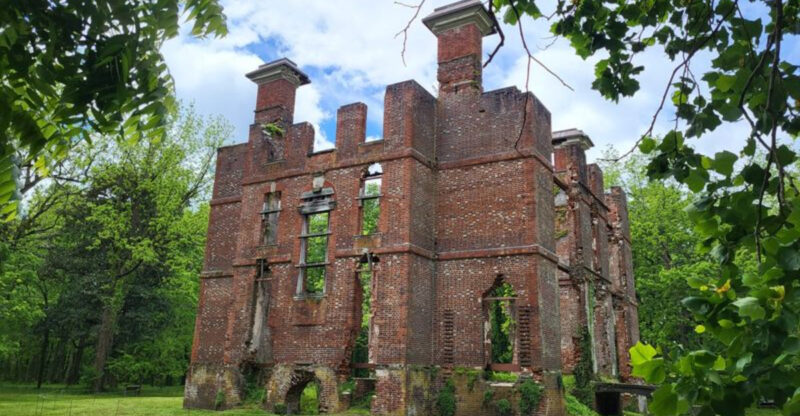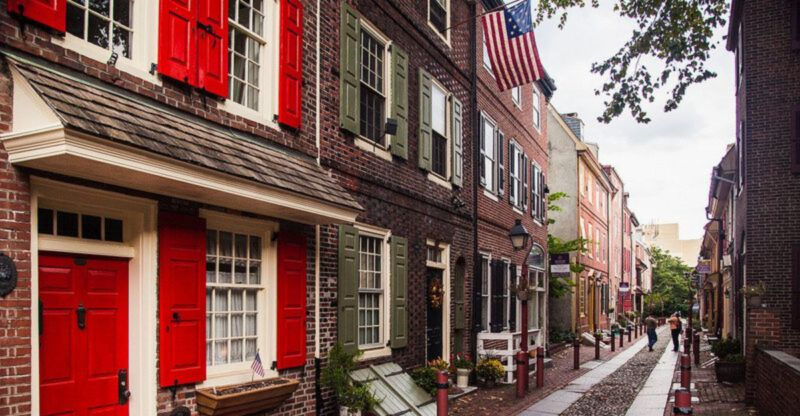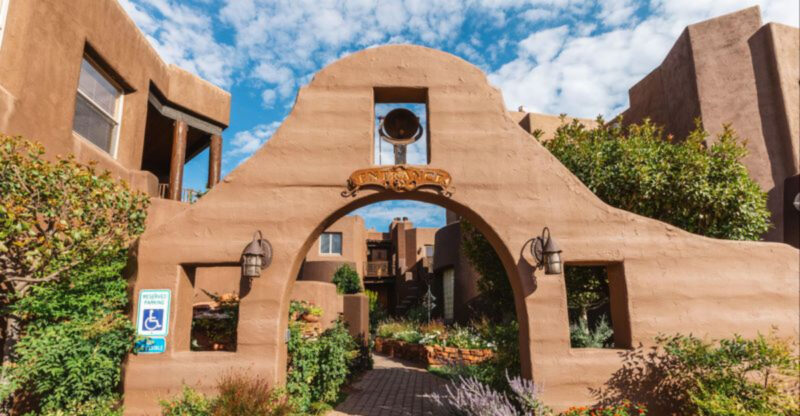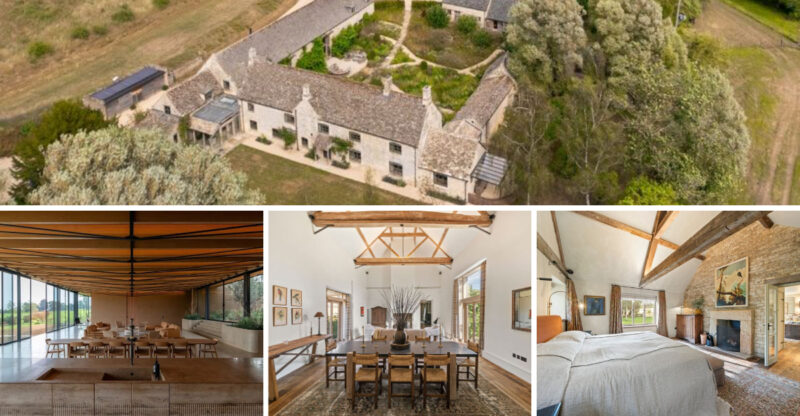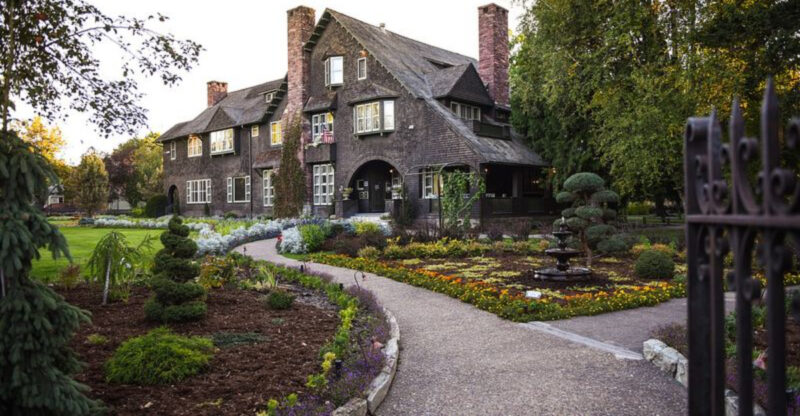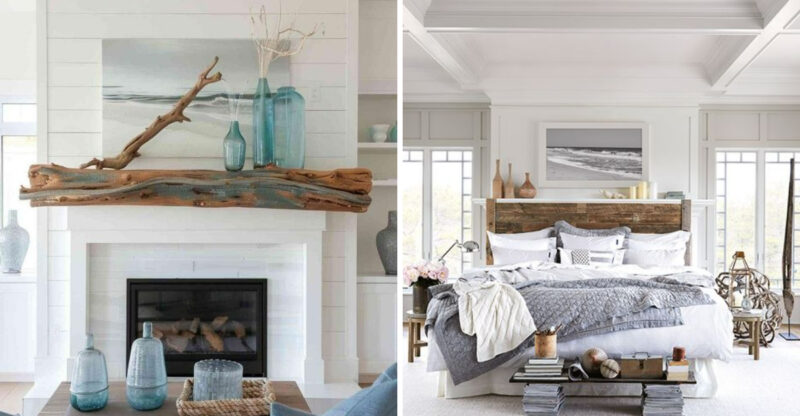7 Arizona Adobe Homes That Could Make You Rethink Desert Design
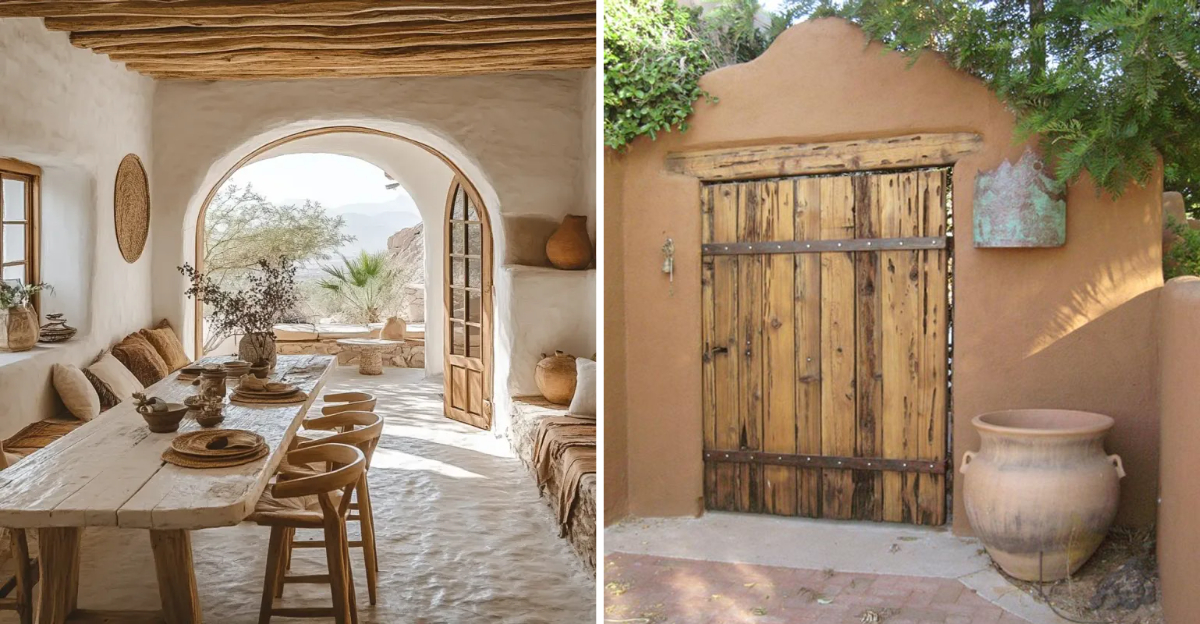
Adobe homes have been a staple of Arizona architecture for centuries, blending perfectly with the desert landscape.
These beautiful structures stay naturally cool in the scorching heat while capturing the essence of southwestern style. I’ve explored some of the most stunning adobe homes across Arizona, and what I found might change how you think about desert living.
1. Sun-Kissed Terracotta Floors
Walking barefoot on terracotta floors is one of life’s simple pleasures in an Arizona adobe home. The natural clay material feels cool underfoot even when temperatures outside climb past 100 degrees. These earthy tiles aren’t just practical they’re gorgeous too.
Many homeowners leave their terracotta unsealed for a more rustic look, while others opt for a glossy finish that highlights the natural color variations. The reddish-orange hues complement the desert landscape perfectly, bringing the outdoors inside.
What makes these floors truly special is how they age. Unlike modern flooring that deteriorates, terracotta develops a beautiful patina over decades, telling the story of the home’s history with every footstep.
2. Weathered Wooden Ceiling Beams
Have you ever gazed upward in an adobe home? The exposed wooden beams, known as ‘vigas,’ create a striking contrast against white plaster ceilings. These structural elements were originally harvested from nearby forests, with builders selecting straight pine or cedar trunks.
Modern adobe homes often feature reclaimed timbers with natural cracks and knots that showcase their age and character. Smaller wooden poles called ‘latillas’ are sometimes arranged in herringbone patterns between the main beams, adding texture and visual interest.
The deep brown tones of these ceiling features ground the space and create a cozy atmosphere, even in homes with soaring ceilings. I’ve noticed how the beams seem to lower the ceiling psychologically, making vast rooms feel intimate without sacrificing airiness.
3. Hand-Textured Stucco Walls
The magic of adobe homes lies in their walls thick, organically curved, and wonderfully imperfect. Modern stucco techniques mimic traditional adobe but add durability and insulation properties that keep interiors cool during blistering summers and warm during chilly desert nights.
Artisans apply the material by hand, creating subtle undulations that catch light and shadow throughout the day. This ever-changing interplay transforms plain walls into living canvases. The natural irregularities give each home its unique character.
When painted in soft whites, creams, or pale terracottas, these textured surfaces create a serene backdrop for southwestern art and furniture. I particularly love how the walls’ gentle curves soften the transition between rooms, giving the entire home a sculpted, almost dreamlike quality.
4. Authentic Kiva Fireplaces
Nothing captures the soul of Southwest living quite like a kiva fireplace. These rounded, beehive-shaped hearths originated with Pueblo Native Americans and have become the heart of modern adobe homes. Their distinctive stepped design and corner placement make them architectural focal points.
The smooth plaster finish of a kiva fireplace typically matches the surrounding walls, creating a seamless, sculptural element. During winter evenings, the thick adobe walls of the fireplace absorb heat and radiate it slowly throughout the night, providing efficient warmth.
Many homeowners personalize their kivas with handpainted tile surrounds or carved wooden mantels. The gentle curves and organic shape of these fireplaces bring a sense of ancient wisdom to contemporary spaces, connecting modern dwellers to centuries of desert living traditions.
5. Dramatic Clay Tile Rooflines
If you’ve driven through Arizona’s historic neighborhoods, you’ve likely admired the distinctive red clay tile roofs that crown adobe homes. These half-cylinder tiles, arranged in overlapping patterns, create captivating shadows and textures against the blue desert sky.
Clay tile roofing isn’t just about looks it’s incredibly practical in the desert climate. The curved shape allows air to circulate underneath, creating natural insulation against extreme heat. The material itself reflects sunlight rather than absorbing it, helping maintain comfortable indoor temperatures.
Each tile develops a unique patina over time, weathering from bright terracotta to subtler hues with hints of orange, brown, and even purple. This aging process gives older adobe homes their characteristic warmth and sense of permanence against the ever-changing desert landscape.
6. Intricately Carved Wooden Doors
The moment I approach an adobe home with a hand-carved wooden door, I know something special awaits inside. These massive entryways often stand over seven feet tall, crafted from solid mesquite, alder, or knotty pine with iron hardware that develops a beautiful rustic patina.
Master woodworkers spend weeks carving southwestern motifs like cacti, kokopelli figures, or geometric patterns that tell stories of the region’s rich cultural heritage. Some doors feature small windows with wrought iron grillwork, allowing glimpses of the interior while maintaining security and privacy.
Beyond their beauty, these substantial doors serve a practical purpose in the desert environment. Their thickness helps insulate homes from extreme temperatures, while their weight creates a satisfying, solid sound when closed a subtle reminder of the boundary between harsh desert elements and the sanctuary within.
7. Earth-Toned Living Spaces
The furniture and décor inside Arizona’s finest adobe homes reflect the colors of the surrounding landscape. Imagine deep rust-colored sofas, golden yellow accent chairs, and chocolate brown leather that ages beautifully with time. These earthy palettes create spaces that feel grounded and connected to nature.
Handwoven textiles incorporating traditional Native American patterns add layers of texture and cultural depth. Many homeowners mix vintage Navajo rugs with contemporary pieces for an eclectic yet cohesive look. Natural materials dominate think raw-edge mesquite tables, bentwood chairs, and lighting fixtures crafted from hammered copper or punched tin.
What makes these interiors truly special is how they evolve with the changing desert light. Morning brings golden warmth, while afternoon casts dramatic shadows that highlight architectural details. By evening, the earth tones deepen, creating a cocoon-like atmosphere perfect for desert nights.

